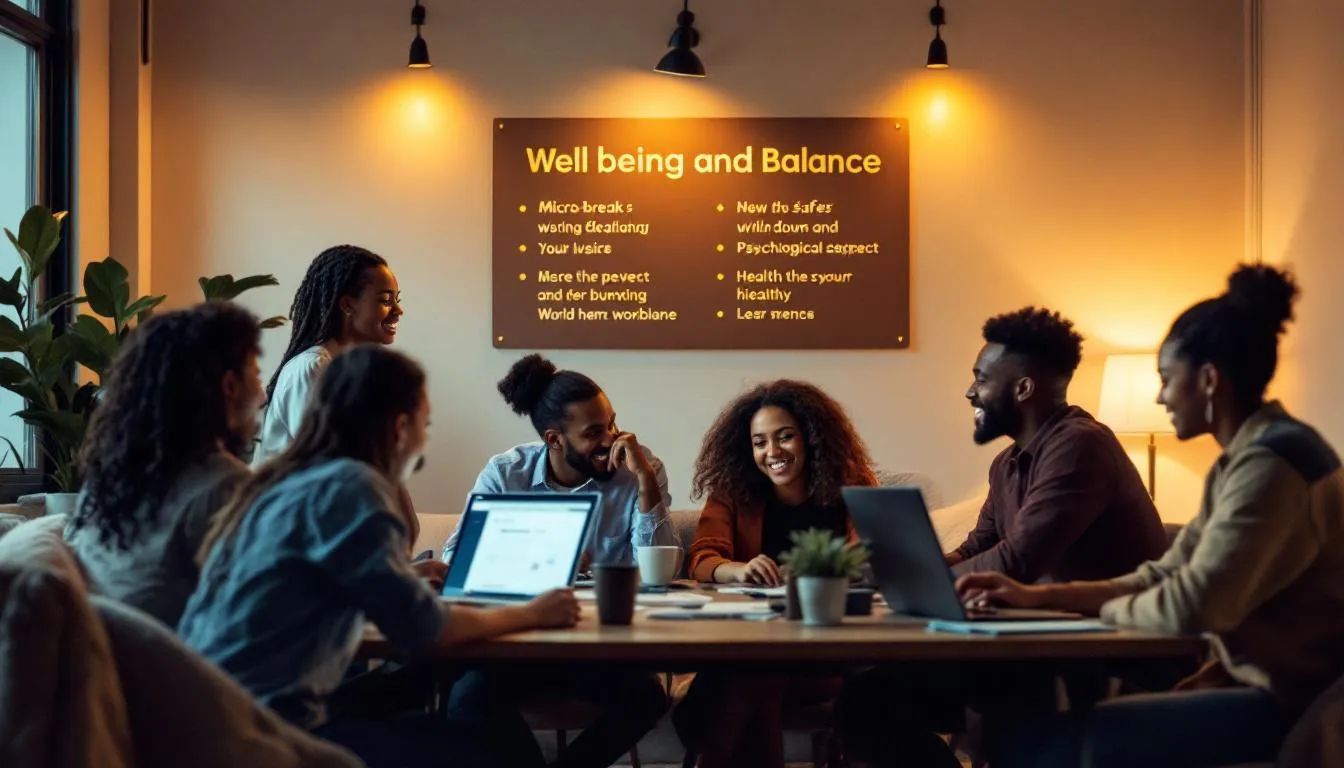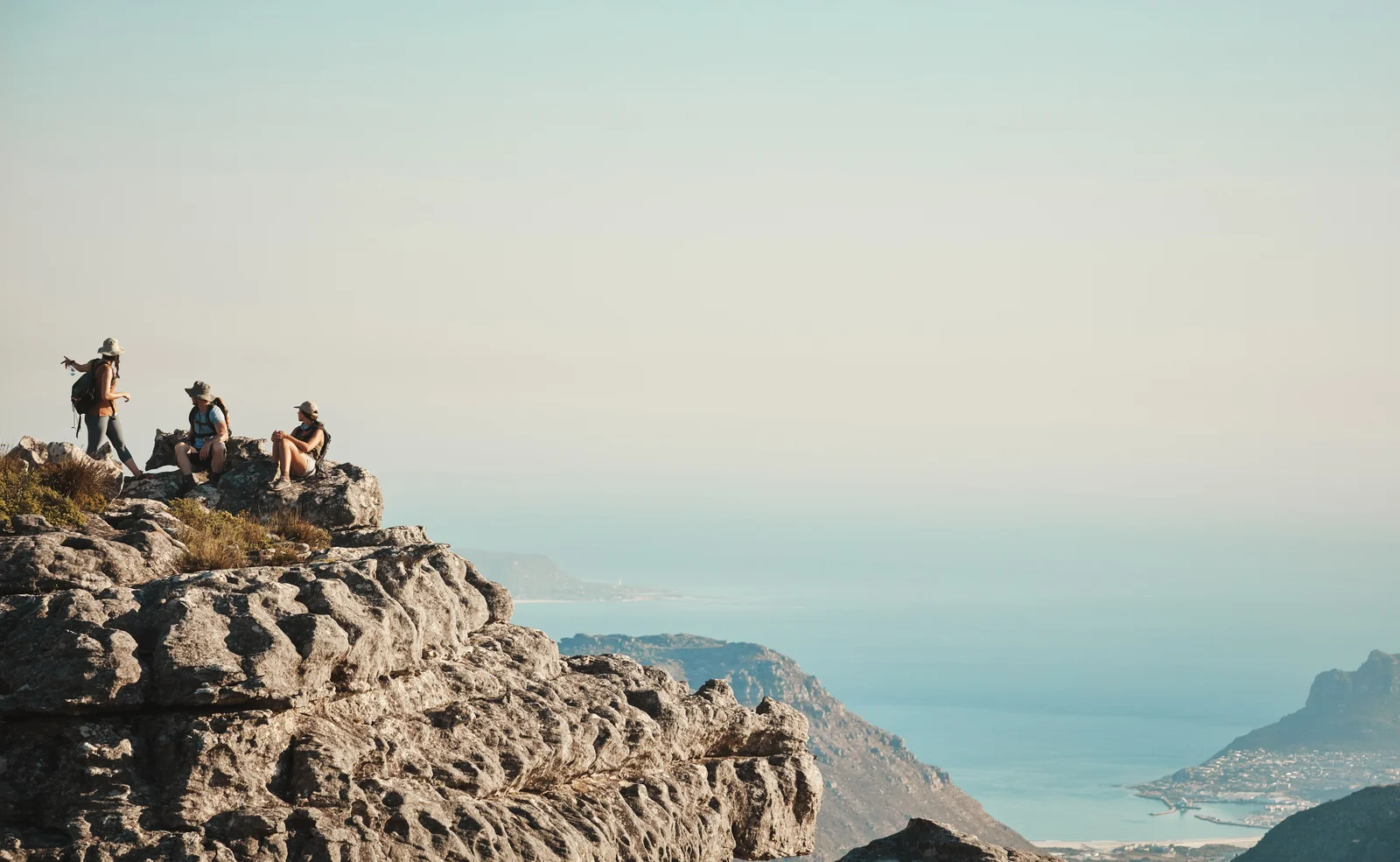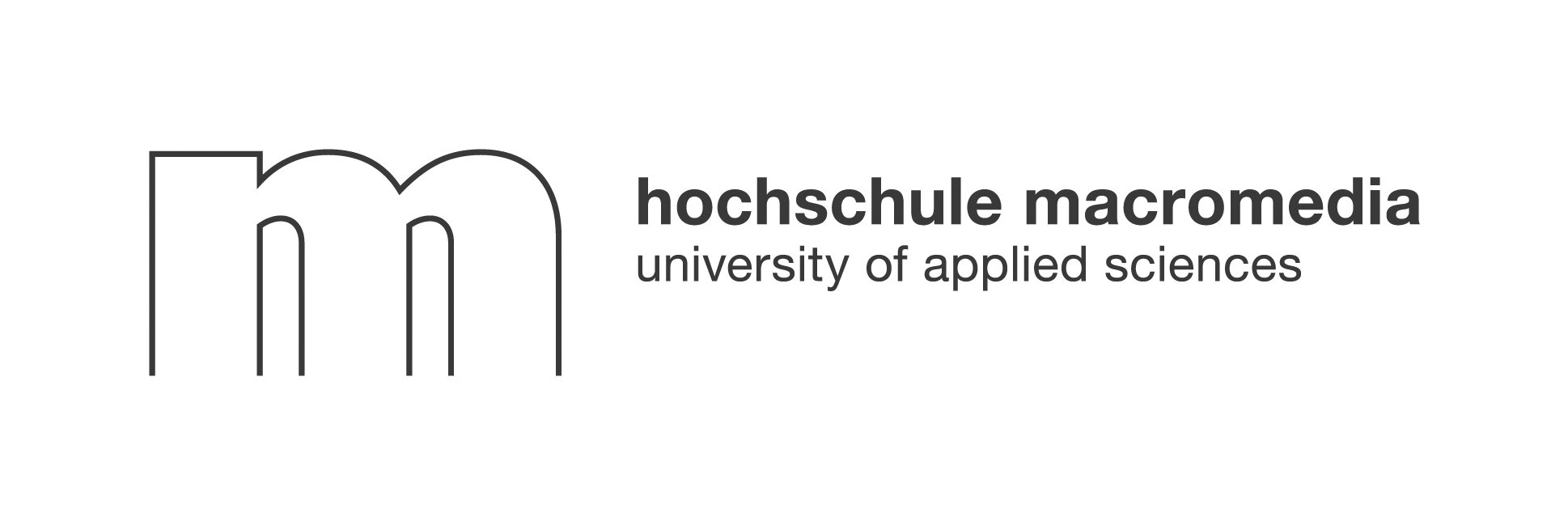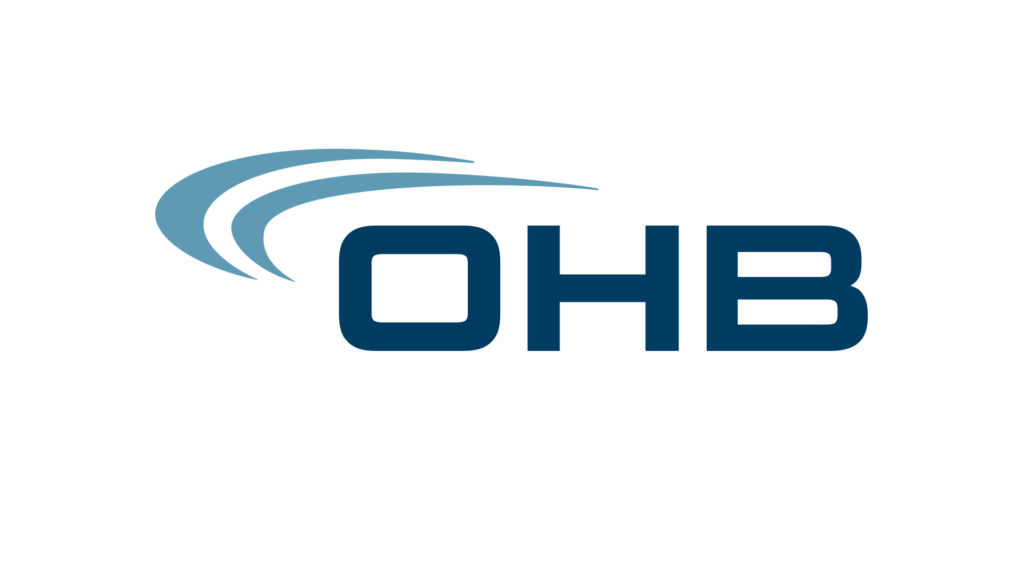Burnout is no longer just a personal struggle—it's a workplace epidemic affecting teams in every industry, from bustling offices to distributed, remote-first organizations. The secret to preventing burnout through workplace culture isn't found in ping-pong tables or the occasional free lunch. It's about building a culture where genuine connection, psychological safety, and purposeful engagement are woven into the daily fabric of work. But how can leaders achieve this, especially in the hybrid and remote era, where isolation and screen fatigue threaten even the most well-intentioned initiatives? The answer lies in reimagining culture itself—moving from surface-level perks to AI-driven, authentic experiences that nurture well-being and belonging. Let’s explore why this shift matters, the warning signs to watch for, and how platforms like Neroia are leading the way in preventing burnout through workplace culture.
1. Why Culture Is the First Line of Defense Against Burnout
The hidden business cost of exhausted teams
Burnout isn’t just about tired employees; it’s a business risk. Studies show that organizations with high burnout rates see increased absenteeism, lower productivity, and higher turnover. According to Gallup, burnout can cost companies up to 20% of total payroll in voluntary turnover alone. When teams are exhausted, creativity drops, mistakes multiply, and engagement plummets. The ripple effect touches everything from customer satisfaction to innovation.
Culture beats perks: why values matter more than yoga mats
Many organizations respond to burnout with surface-level perks—think sporadic wellness workshops or branded yoga mats. While well-intended, these initiatives often miss the mark. Why? Because perks don’t address the root causes of stress or create a sense of belonging. True culture is built on shared values, trust, and daily behaviors. In hybrid and remote environments, where casual hallway chats are rare, culture must be intentional. It’s about fostering authentic connections and giving employees a voice and a purpose, not just a place to work.
"The perks that HR offers for physical and financial health mean little when the other ways you do business advance work outcomes at the expense of everything else."
— Gallup
2. Spotting Burnout Early: Warning Signs Teams Often Miss
Emotional exhaustion, cynicism and reduced efficacy explained
Burnout unfolds in three classic phases: emotional exhaustion, cynicism (or detachment), and reduced professional efficacy. Employees may start feeling drained, become increasingly negative, or question the value of their work. In hybrid environments, these signs can be subtle—missed in the absence of face-to-face cues.
Reading the data: absence spikes, low engagement scores
Beyond individual behaviors, organizations should monitor data signals. Spikes in sick days, drops in engagement survey scores, or a sudden decline in participation during meetings can all indicate rising burnout risk. Hybrid teams are especially vulnerable, as isolation can mask distress until it becomes acute.
3. Mapping the Root Causes: From Workload to Workaholism
Unfair treatment, fuzzy goals and time pressure
Gallup and other major studies pinpoint five core drivers of burnout:
- Unfair treatment: Bias, favoritism, or inconsistent policies.
- Unmanageable workload: Too much to do, too little time.
- Unclear communication: Fuzzy goals and shifting priorities.
- Lack of manager support: Feeling alone or unheard.
- Unreasonable time pressure: Deadlines that ignore reality.
Hybrid and remote workers often face added ambiguity—unclear expectations, isolation, and the temptation to always be on.
Compulsive overwork vs healthy passion: know the difference
Not all long hours are equal. Some employees push themselves out of passion, but when work becomes compulsive—driven by guilt or fear rather than joy—it’s a warning sign. Compulsive workaholism, fueled by culture or leadership, is a stronger predictor of burnout than occasional overtime. Leaders must distinguish between healthy drive and unhealthy compulsion, especially in environments where digital presence can blur boundaries.
"Targeting compulsive working will likely have a stronger impact than targeting excessive working when we want to curb burnout scores among our workforce."
— IMD, 2025
4. Building “Burnout-Proof” Norms: Preventing Burnout Through Workplace Culture in Action
Embedding wellbeing into rituals, meetings and metrics
Preventing burnout through workplace culture means making well-being visible and actionable. This goes beyond posters or annual wellness days—it's about weaving recovery and connection into everyday rituals. For example, starting meetings with a quick check-in, celebrating small wins, or using metrics that reward sustainable performance, not just output.
Encouraging boundaries, breaks and flexible schedules
Healthy cultures empower employees to set boundaries. Leaders should normalize taking breaks, encourage camera-off time, and support flexible schedules. In hybrid teams, this could mean asynchronous work options and explicit permission to unplug after hours. The key? Consistency. When leaders model and reward these behaviors, they become the norm, not the exception.
Key Burnout-Proof Norms
- Regular micro-breaks built into the workday
- Recognition for setting healthy boundaries
- Flexible scheduling and respect for personal time
- Open dialogue about workload and stress
- Peer support and social connection encouraged
5. Leadership’s Role: From Micromanager to Energy Guardian
Coaching conversations that create psychological safety
Leaders set the tone for psychological safety—the feeling that it’s safe to speak up, ask for help, or admit mistakes. Transformational leaders foster trust through regular coaching conversations, active listening, and empathy. In hybrid settings, this means reaching out proactively and using digital tools to stay connected.
Modelling recovery: when leaders switch off, teams follow
Nothing undermines a well-being message faster than a leader who never disconnects. When leaders visibly unplug—logging off at reasonable hours, taking vacations, and sharing their own strategies for recovery—they give teams permission to do the same. This is especially powerful in hybrid cultures, where the pressure to be always available can be intense.
"How a leader behaves can send an even stronger signal than what they say about working hours."
— IMD, 2025
6. Practical Interventions: Tools that Build Recovery Into the Workday

Micro-breaks and mastery moments
Recovery isn’t just about vacations—it’s about daily habits. Micro-breaks (even 5 minutes away from the screen) and mastery moments (learning something new or engaging in a hobby) can restore energy and focus. In hybrid teams, leaders can encourage these through structured prompts or shared challenges.
Peer support circles and social connection boosters
Social connection is a powerful antidote to burnout. Peer support circles—small groups that meet for informal chats or shared activities—help break silos and provide emotional backup. This is where AI-driven platforms like Neroia shine, using smart recommendations to match employees for micro-events that fit their interests and schedules.
Bullet List: Effective Recovery Tools
- AI-curated micro-events (e.g., mindfulness, cycling, art workshops)
- Peer support circles for regular check-ins
- Digital nudges for breaks and recovery activities
- Integrated mental health and engagement apps
- Recognition programs for well-being achievements
7. Measuring Progress: KPIs and Feedback Loops That Keep Burnout at Bay
Pulse surveys and burnout risk dashboards
What gets measured gets managed. Regular pulse surveys, anonymized feedback, and burnout risk dashboards help leaders spot trends early. In hybrid environments, digital tools can track engagement and well-being without invading privacy. The goal is to act on insights—adjusting workloads, policies, and support based on real-time data.
Iterating policies based on real-time feedback
Burnout prevention isn’t a one-off project; it’s an ongoing process. Leaders should use feedback loops to refine policies, test new interventions, and celebrate progress. AI-powered analytics, like those in Neroia’s platform, can surface patterns and suggest adjustments—ensuring culture evolves as teams’ needs change.
Ordered List: Steps to Build a Burnout-Resistant Culture
- Assess current culture and burnout risks using surveys and data.
- Identify root causes (workload, support, clarity, connection).
- Implement AI-driven micro-events and peer support circles.
- Train leaders in empathetic communication and recovery modeling.
- Monitor progress with real-time analytics and adjust as needed.
How Neroia Revolutionizes Burnout Prevention in Hybrid Workplaces
Traditional culture initiatives—company-wide wellness days, generic webinars, or one-size-fits-all perks—often fail in hybrid environments. They’re too broad, too impersonal, or simply too easy to ignore. Employees crave authentic connection, not another checkbox activity. This is where Neroia’s vision stands apart.
Neroia’s AI-driven platform transforms preventing burnout through workplace culture by orchestrating micro-events: small-group activities (3-4 participants) tailored to individual interests, availability, and privacy preferences. Instead of expecting employees to self-organize or join large, impersonal sessions, Neroia’s system effortlessly matches coworkers for meaningful interactions—whether it’s a yoga session, a cycling group, or a cultural exchange.
"Neroia’s platform empowers employees to effortlessly discover authentic connections, breaking down silos and fostering a vibrant, supportive culture—no matter where or how they work."
What sets Neroia apart?
- Personalized AI recommendations: The platform learns employee preferences and schedules, then curates micro-events that fit naturally into the workday.
- Integration with existing tools: Neroia plugs into Microsoft Teams, pulse survey platforms, and mental health apps, making participation seamless.
- Anonymized, actionable analytics: HR receives insights on engagement and well-being trends—never individual data—so interventions are timely, targeted, and privacy-respecting.
- Real-world impact: In pilot programs, Neroia has coordinated everything from mindfulness workshops to company runs, with AI chatbots handling the logistics and nudging participation.
This approach aligns with the 2025 workplace trends: prioritizing psychological safety, empathetic leadership, and well-being-focused engagement. By focusing on small, organic interactions, Neroia builds resilience and connection—two proven buffers against burnout.
"When employees feel supported, connected, and able to bring their whole selves to work, well-being, retention, and productivity soar."
Neroia’s commitment is to move beyond generic initiatives, replacing them with tailored, AI-powered experiences that meet employees where they are—whether in the office, at home, or somewhere in between.
Conclusion: The Future of Burnout Prevention Is Personal, Connected, and AI-Driven
Preventing burnout through workplace culture isn’t about adding more perks or running the occasional wellness webinar. It’s about creating a living culture where well-being, connection, and purpose are part of every day. In the hybrid era, this requires new tools and fresh thinking. Neroia’s AI-driven micro-events are leading the way—breaking down silos, nurturing authentic relationships, and using data to adapt culture in real time.
Leaders who embrace this approach will see stronger teams, higher engagement, and a workplace where burnout is the exception, not the rule. As organizations look to the future, one thing is clear: the best defense against burnout is a culture that puts people first, powered by smart technology and genuine human connection. For those ready to build that future, Neroia offers the platform and partnership to make it real.




